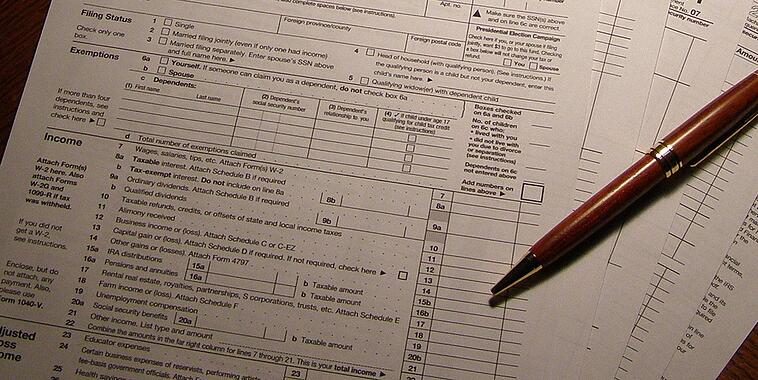Believe it or not, the purpose of annual tax returns isn’t to increase sales of Xanax. It’s to give the country’s public sectors (federal and state) a way of tracking revenue and spending patterns across individuals and companies. This allows the government to budget and understand the funds available for highways, bridges, parks, and all those other public services we rely on.
As a business entity, you are responsible for reporting and paying taxes on your earnings each year. If you don’t, you’ll be on the hook for serious penalties and fines… and you don’t have time for that! The IRS collects your information via specific forms based on how your business operates and how you generate and receive revenue.
Filing Business Tax Returns By Entity Type
Before you file your annual tax return, use IRS Form 8832 to tell the government about your business entity. From there, you will file your federal taxes each year as a corporation, partnership, or individual.
Corporation Tax Filing
U.S. corporations report business income, gains, losses, deductions, credits, and figure out their income tax liability using Form 1120 or 1120S. This form must be filed by each U.S. corporation in the country—even if they have no taxable income and no tax obligations.
C Corporations – Form 1120
C Corporations are considered separate entities from their shareholders. This means the company’s income gets taxed initially on the business level and then on the individual level when that income is distributed to its shareholders, investors, and employees. This is known as double taxation.
S Corporations – Form 1120S
Eligible corporations (usually small in size) can elect for S corporation status and avoid double taxation. This version of the 1120 form lets all of a corporation’s shareholders state their income from company shares of revenue along with the corporation’s total income, and separate from their individual returns.
Partnership and LLC Tax Filing
Partnerships and LLCs are known as “flow-through” or “pass-through” entities. This means that the company’s revenue is seen as the owner’s’ income so the business isn’t taxed as a separate entity. In this situation the LLC or partnership files Form 1065.
However, LLCs can also choose to elect to file as corporation if they have at least two members and are entirely based in the U.S. (source: www.irs.gov). In that case, they file Form 1120.
Individual and Sole Proprietor Tax Filing
Businesses that are owned and operated by individuals (sole proprietors, independent contractors, freelancers, etc.) file as a self-employed individual.
So, in addition to filing Form 1040, which is the form filed each year by individual taxpayers, they must also report their business’s profit and loss using the Schedule C Attachment.
Hopefully seeing this information in one place saves you time preparing your business for tax-filing season. Speaking of saving time, if you, like 40% many other business owners, are worried about spending more than 100 hours on your annual tax filing this year, download our End of Year Tax Pack with materials hand crafted for busy entrepreneurs.

